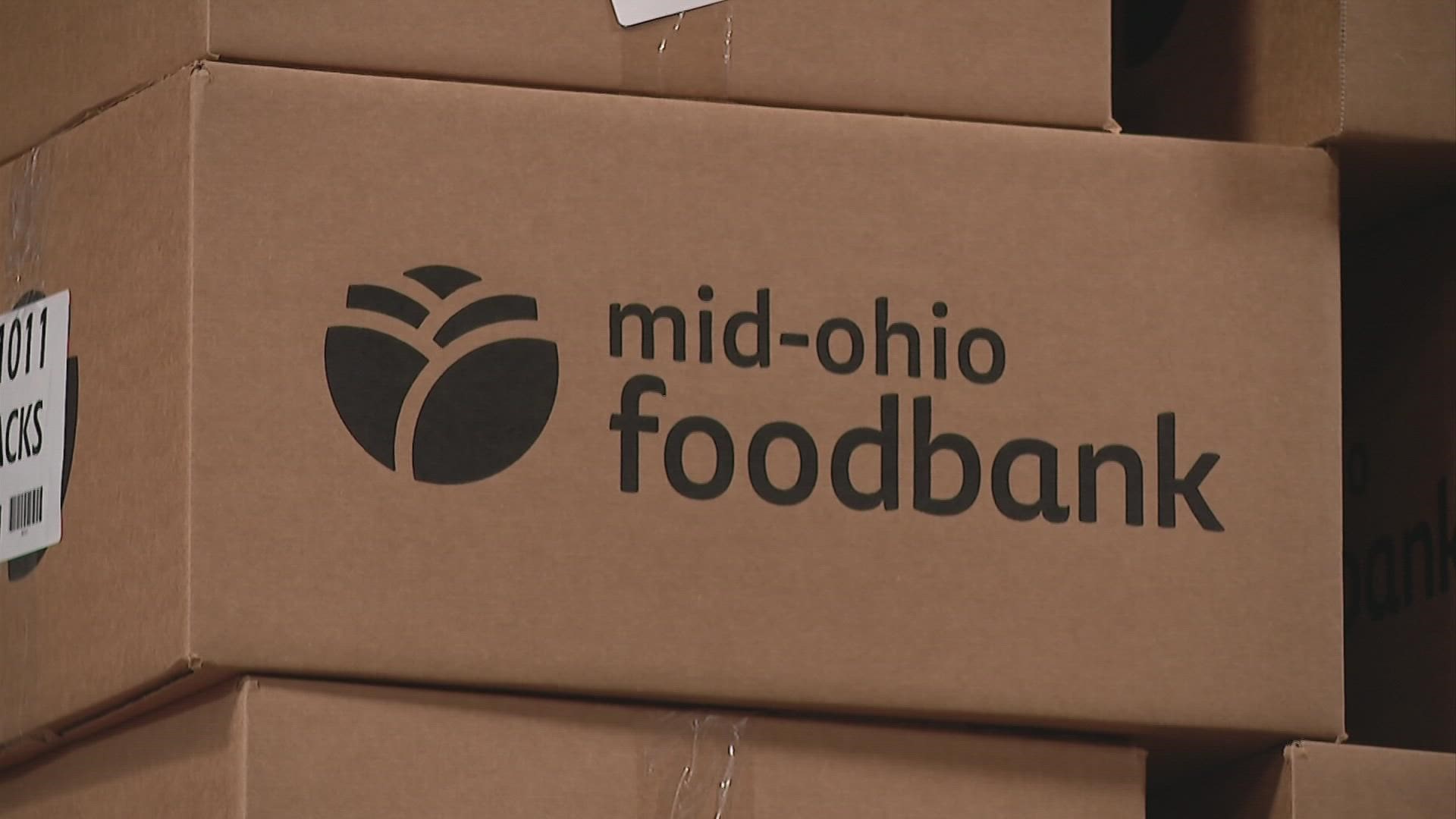COLUMBUS, Ohio — The Mid-Ohio Food Bank is spending $1.4 million more this year on food than last year, according to the organization's CEO, Matt Habash.
Habash said, just like everyone else, the food bank is paying more for food as gas prices and labor costs rise.
“We absolutely are spending more than we did in the past. I think what we are seeing is about a 30% increase in the cost of us acquiring produce,” he said.
Habash said many people are living on the edge of economic uncertainty.
“Forty percent of America can't pay a $400 emergency bill so you have a lot of people living on the edge and the minute you disrupt those budgets, that all falls apart,” Habash said.
On Wednesday, there was a steady stream of cars waiting for a box of food outside the Mid-Ohio Food Bank in Grove City.
A box of food will last a week. A family of three who makes under $43,000 qualifies for food assistance.
Roseshall Burgos told us she started coming here a year ago.
Kevin Landers: If not for a place like this where would you be?
Burgos: It would be hard to put the food on the table at times. When times are hard and money is low and your refrigerator is low you can always come out here and get the food.
In Athens County, the food pantry is not only seeing more first-timers but more people who are working.
“I think working poor is a real problem because a lot of the jobs we have here, if you are not linked in with the university, are service jobs,” said Karin Bright, President of Athens County Food Pantry.
Bright said while food banks can always use more donations, and more volunteers to help bag food, donations tend to drop off after the holidays.
“Let me tell you, it's really tough in late January, early February and March and people tend to forget that people are still hungry in January, February and March,” she said.
Food banks are concerned about what will happen if SNAP benefits or a reduction in the child income credit are reduced or rolled back to pre-pandemic levels.
Habash and Bright said if that were to happen next year, they expect a surge of people coming to food banks looking for food. Already food banks are buying more food in anticipation of that happening.

